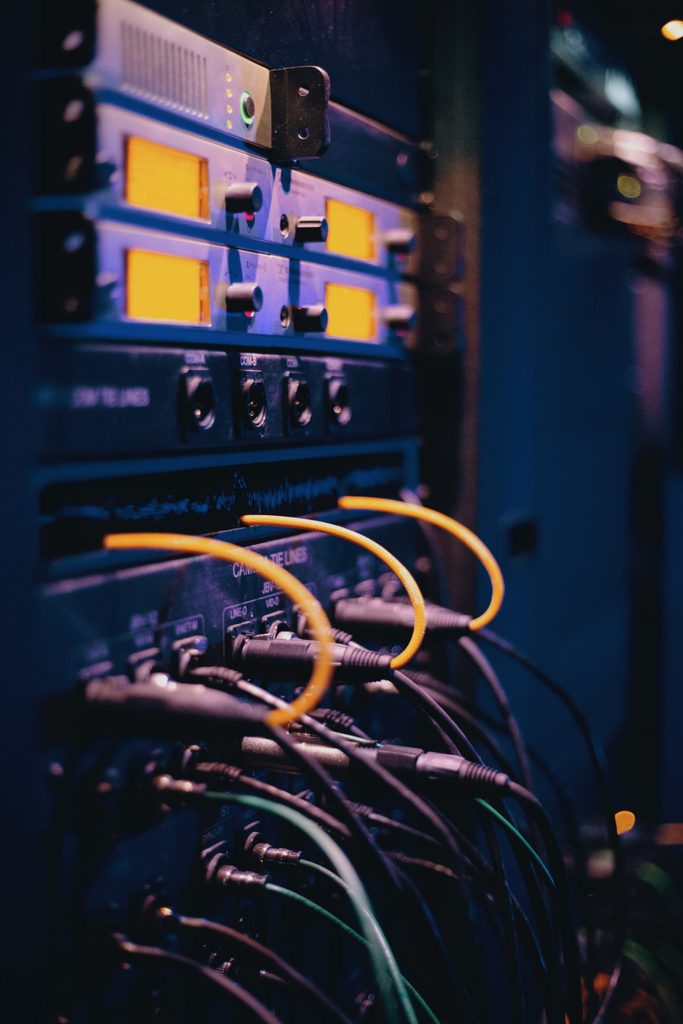
To keep your SAIDI and SAIFI numbers as low as possible, you need to keep interruptions to a minimum. Some things will unfortunately always be out of your control, but others can be severely reduced by updating the power grid. Digitalization is a powerful tool, but we’ll get back to that in a bit. First, we’ll run through the three most common reasons for power outages.
1. Natural causes
Whether the power grid is analogous or digital, it’ll always depend on the underlying physical technology being undisturbed. Unfortunately, there’s still no way for us to control the elements, and power lines and poles are often very much exposed during rough weather. Harsh winds might tear power lines, or cause power poles to topple, and that’s not even mentioning lightning strikes. In Norway, the latter has caused over € 20,000,000 in repairs, during the past ten years.
Good overvoltage protection definitely helps, but in the coming years, we’ll probably see more and more of the power grid moving underground. However, even there it might fall victim to wear and tear as the ground itself moves around, causing rocks to grind up against the cables. This is a lot harder to detect than a broken pole, so a digital overview will be essential.
2. Human error
While natural causes are hard to eliminate altogether, human error can often be more frustrating to deal with, as it should be preventable. It’s quite common to experience excavators tearing underground power cables they didn’t know about. Again, the lack of overview becomes a problem.
There’s also another, more passive category of human error – one that’s harder to prevent. We’re talking about wear and tear again. Of course, this is going to happen anyway given a long enough timeline, but sometimes it happens quite early because whoever did the installation didn’t follow proper routine. This could be because of missing time or resources, which leads to unsatisfactorily isolated cables. “Natural tear” could then actually be the result of human error.
3. Overload
Until new technology allows consumers to better adapt to periods of high power intensity, the grid will be vulnerable to overload. Problems at one part of the grid can quickly spread to another, and figuring out where it all began can be time-consuming work. Historical knowledge could help narrow it down, but you still have to travel to the substations in person to look closer, and close them off until the error is fixed.
Digitalization offers solutions – and problems
We’re not going to pretend digitalization is going to solve every problem – but it does make things significantly easier. This especially goes for quality of life improvements, like being able to just check a screen for where the error occurred, and shutting down the substation remotely. You’ll also be able to have the grid balance itself to a much larger degree, so overload is no longer as massive a threat.
But a digital power grid means new, digital dangers. Sometimes it’s easy to forget that the internet is riddled with people and software with malicious intent, just itching for new devices to hack. If your power grid is communicating openly online, we’ve seen people knowingly attempting (and succeeding) to shut it down. This is why it’s incredibly important to hide the communication through private networks (VPNs), as well as establishing strong routines for who gets to access them.
If you’re considering digitizing your power grid, we recommend you read up on digital communication. Digitally protecting the grid isn’t as hard as you’d think, but it does require certain knowledge.
Infographic: Smart Grids
What is a smart grid and what separates it from the traditional grid?
